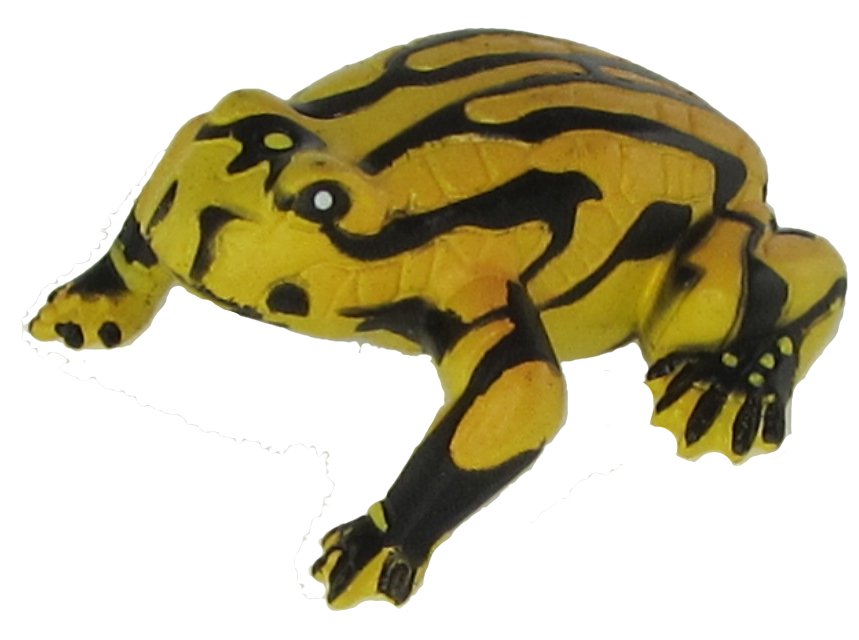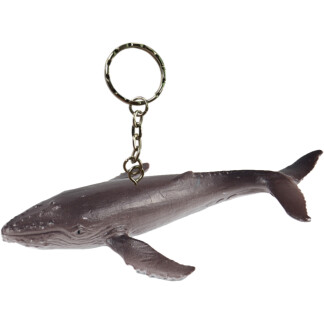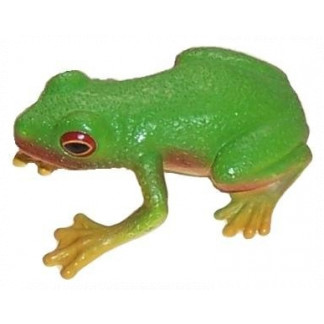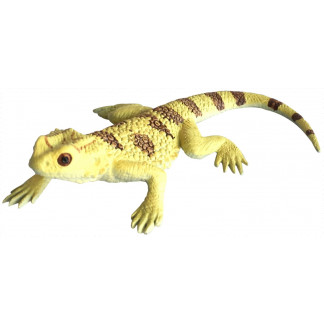Description
The Corroboree frog is a small, brightly coloured frogs that are native to the alpine regions of Australia, specifically the Snowy Mountains of New South Wales and the Australian Capital Territory. There are two species of Corroboree frogs: the southern corroboree frog (Pseudophryne corroboree) and the northern corroboree frog (Pseudophryne pengilleyi).
Corroboree frogs are among the most critically endangered amphibian species in the world. They are threatened by a number of factors, including habitat loss, climate change, and the spread of a fungal disease called chytridiomycosis, which has devastated frog populations around the world.
The striking black and yellow coloration of Corroboree frogs serves as a warning to potential predators that they are toxic and not to be eaten. The skin of these frogs contains a potent alkaloid toxin that is lethal to many predators, including birds and mammals.
Corroboree frogs breed in the early summer, when the snow has melted and the temperature has risen enough to allow the frogs to emerge from hibernation. The males call out to attract females, and the females lay their eggs in small pools of water. The tadpoles hatch from the eggs and develop in the pools before metamorphosing into juvenile frogs.
Efforts are underway to conserve and protect Corroboree frogs and their habitat, including captive breeding programs, habitat restoration projects, and public education initiatives. However, these efforts are facing significant challenges, and the future of these beautiful and unique frogs remains uncertain.
Taronga and Melbourne Zoos are leading the effort to restore the population through captive breeding programs.
Using the FrogID app you can record the sound of this frog and help the Australian Museum scientists count the number of frog species and their distribution. Citizen science at its best.
Our hand painted plastic replica is about 6 cm long.
See also the Corroboree Frog keychain




